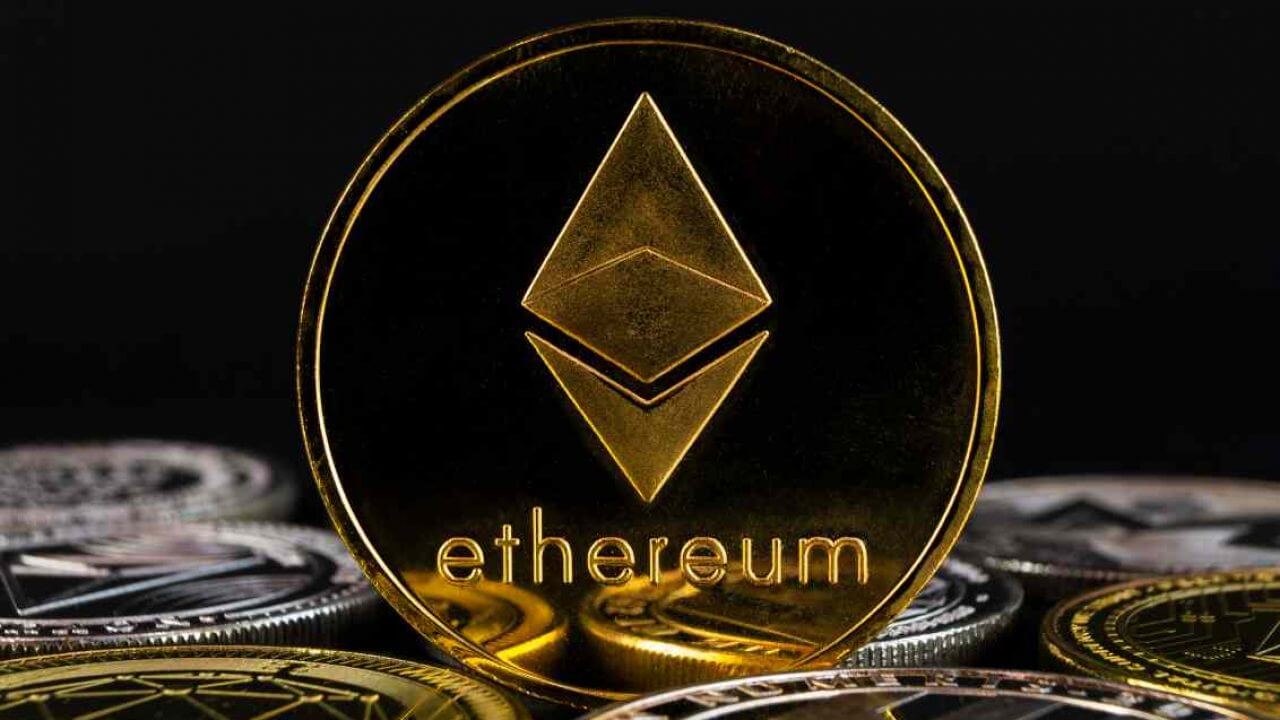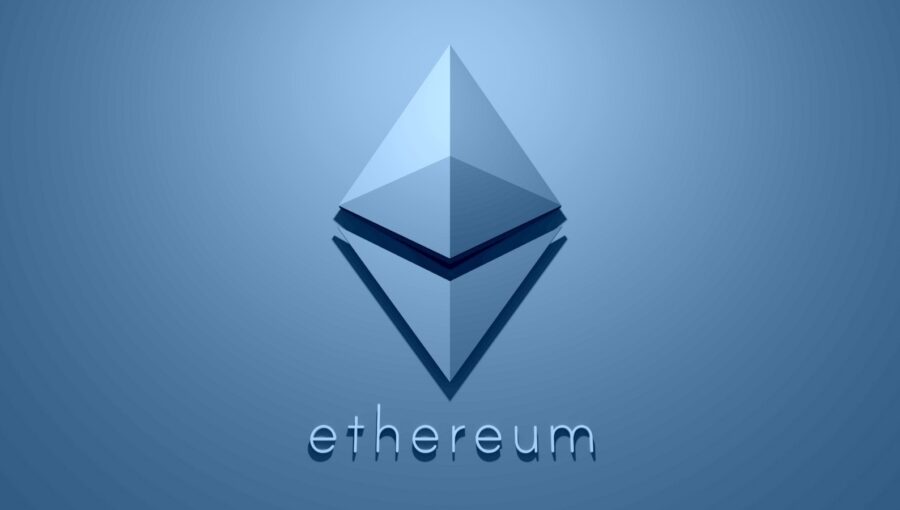|
Getting your Trinity Audio player ready...
|
The Ethereum network, the home of DeFi, NFTs, and countless other crypto applications, is facing a familiar challenge: scalability. Transaction fees are rising, and network congestion is a growing concern. To address this issue, Ethereum co-founder Vitalik Buterin has proposed a “modest” increase in the gas limit, a parameter that controls the number of transactions per block. While this proposal offers a potential solution, it’s important to understand the trade-offs involved.
The Gas Limit Dilemma: More Transactions, More Challenges?
The gas limit, essentially a cap on the number of transactions processed in each block, has remained unchanged at 30 million for nearly three years – the longest period in Ethereum’s history. This stability, while ensuring network stability, has come at the cost of limited throughput. More transactions waiting in line mean higher gas prices, making basic operations and complex smart contracts expensive and potentially prohibitive for some users.
Buterin’s proposal calls for a 33% increase, raising the limit to around 40 million. This, in theory, would allow more transactions to be processed per block, potentially alleviating congestion and lowering gas fees. However, the potential benefits come with trade-offs. Increased throughput could put additional strain on network hardware and potentially create vulnerabilities to spam attacks.
The Debate Heats Up: Balancing Efficiency with Security
The gas limit increase proposal has ignited a heated debate within the Ethereum community. Proponents argue that it’s a necessary step to improve network usability and attract new users. They point to successful gas limit increases in the past and believe the potential benefits outweigh the risks.
Related: What are Ethereum Gas Fees and How Do They Work?
Opponents, however, express concerns about potential security risks and network instability. They argue that a higher gas limit could attract malicious actors and spammers, leading to congestion and security vulnerabilities. They advocate for alternative solutions, such as Layer 2 scaling solutions and protocol-level optimizations, to address scalability challenges.
Beyond the Gas Limit: A Multifaceted Approach
Ultimately, the gas limit increase is just one piece of the puzzle. Ethereum’s scalability challenges require a multi-pronged approach. Layer 2 scaling solutions, such as Polygon and Arbitrum, are already playing a crucial role in offloading transactions from the mainnet. Additionally, ongoing protocol upgrades, such as EIP-4844 and the upcoming Shanghai hard fork, aim to further optimize the network and improve transaction efficiency.
The Ethereum community faces a critical decision. Weighing the potential benefits and risks of a gas limit increase is crucial for ensuring the network’s long-term sustainability and growth. Whether the community embraces Buterin’s proposal or explores alternative solutions, one thing is clear: finding effective ways to scale Ethereum is essential for its continued success in the rapidly evolving Web3 landscape.
I’m a crypto enthusiast with a background in finance. I’m fascinated by the potential of crypto to disrupt traditional financial systems. I’m always on the lookout for new and innovative projects in the space. I believe that crypto has the potential to create a more equitable and inclusive financial system.



